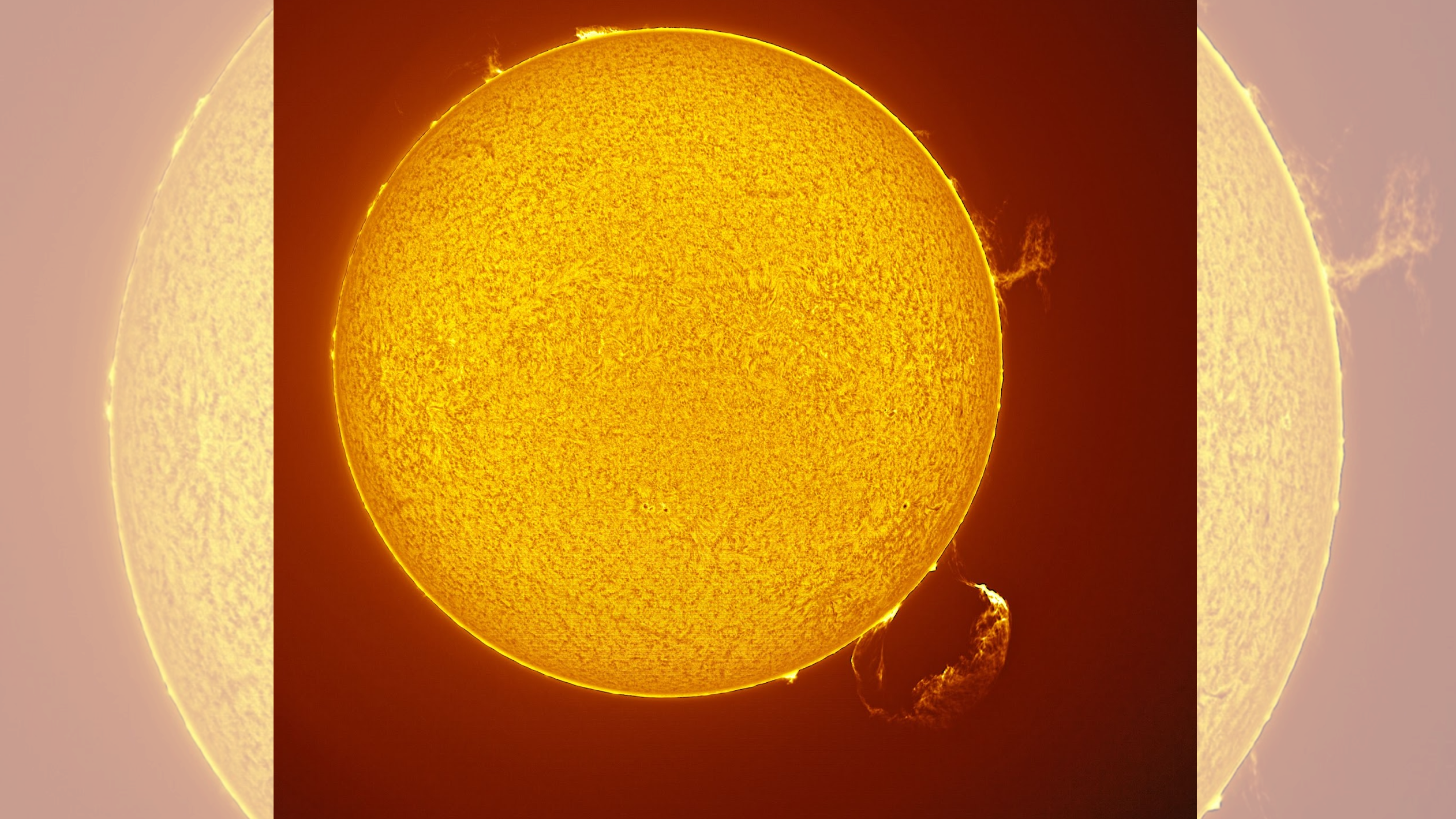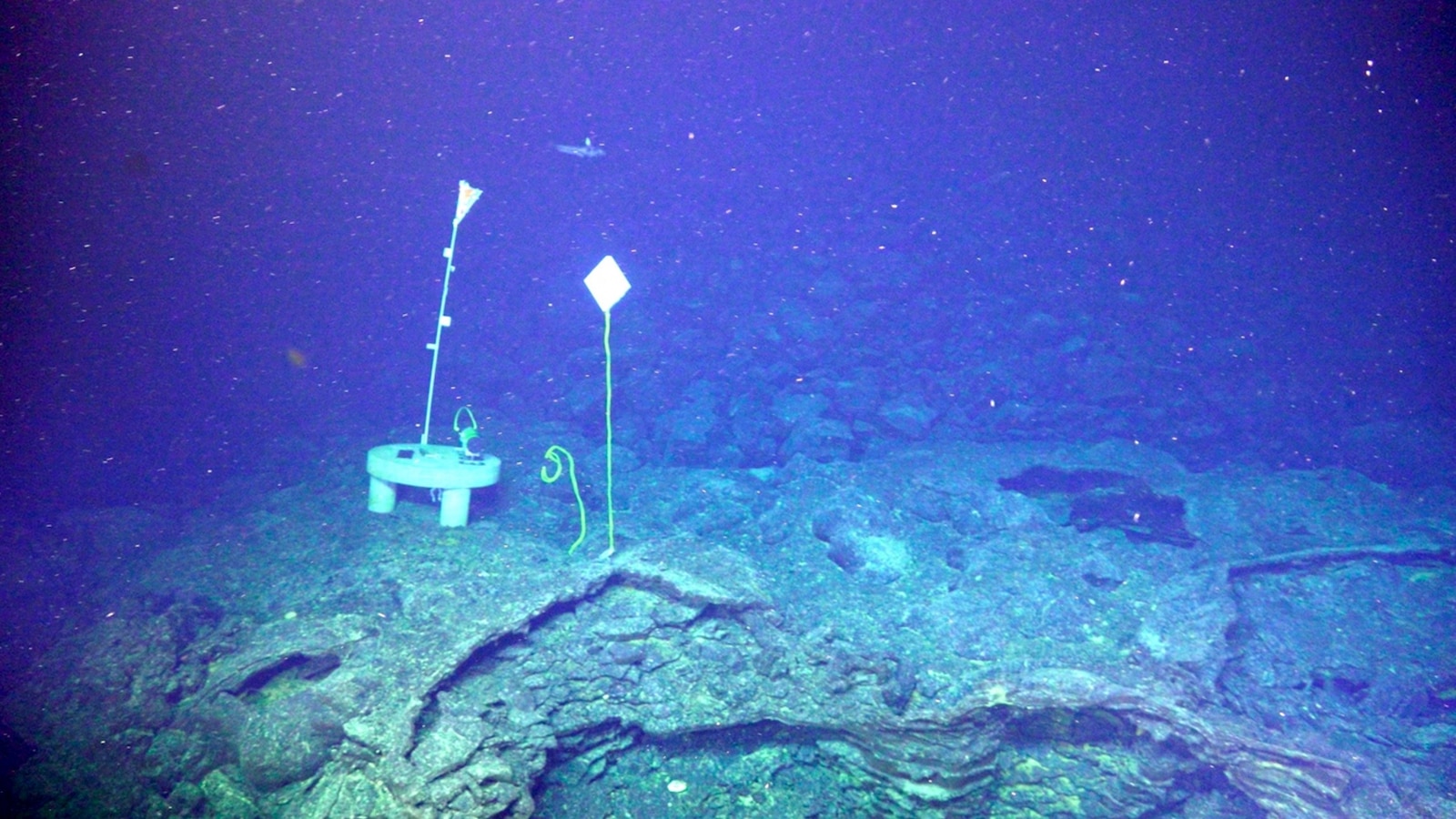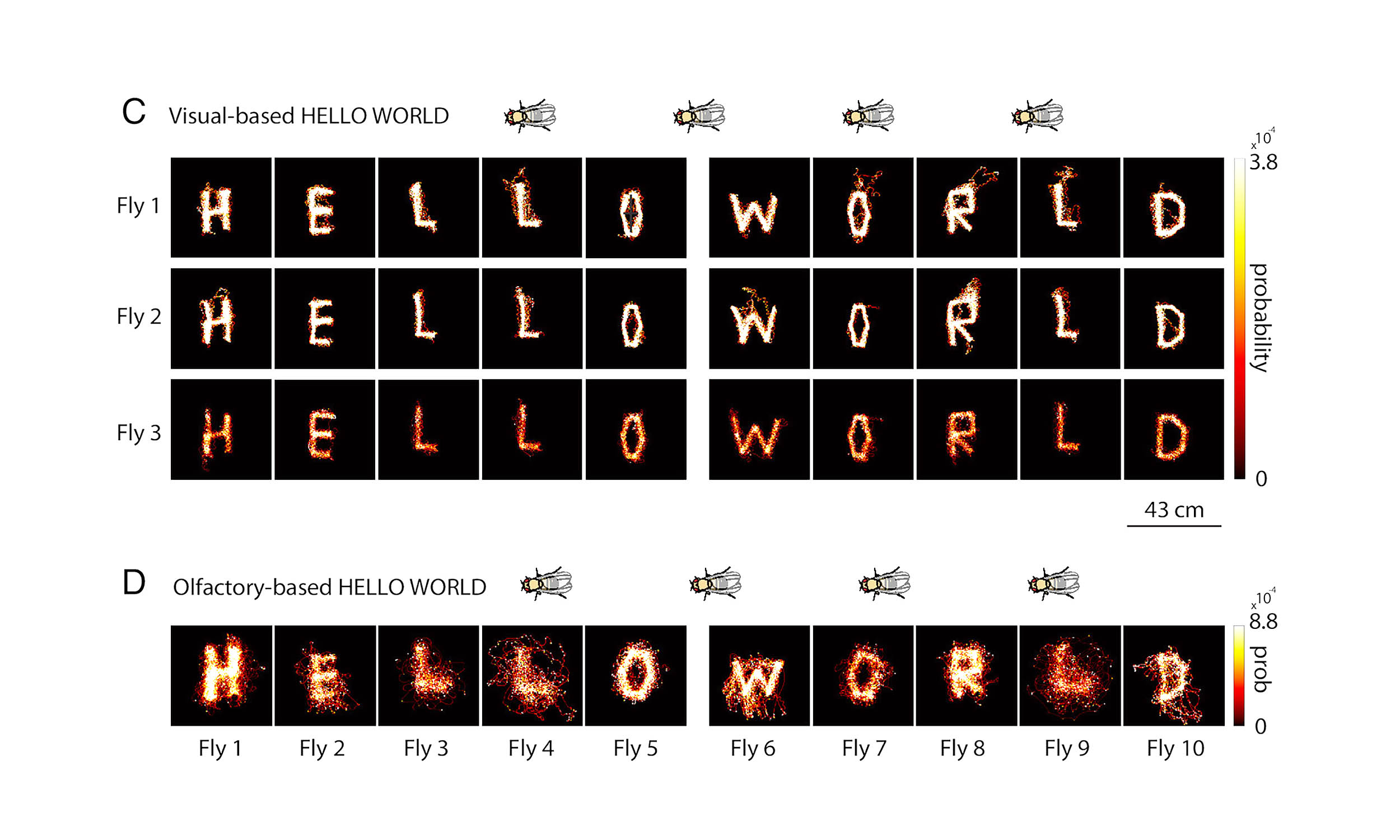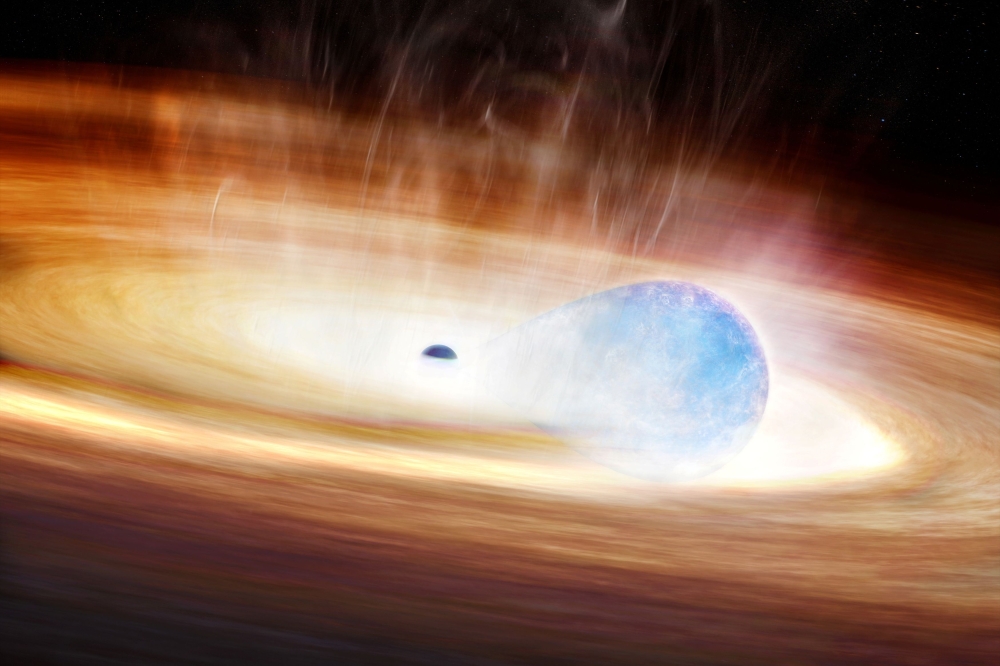300 Mysterious Objects Discovered in the Universe: Are They Early Galaxies?
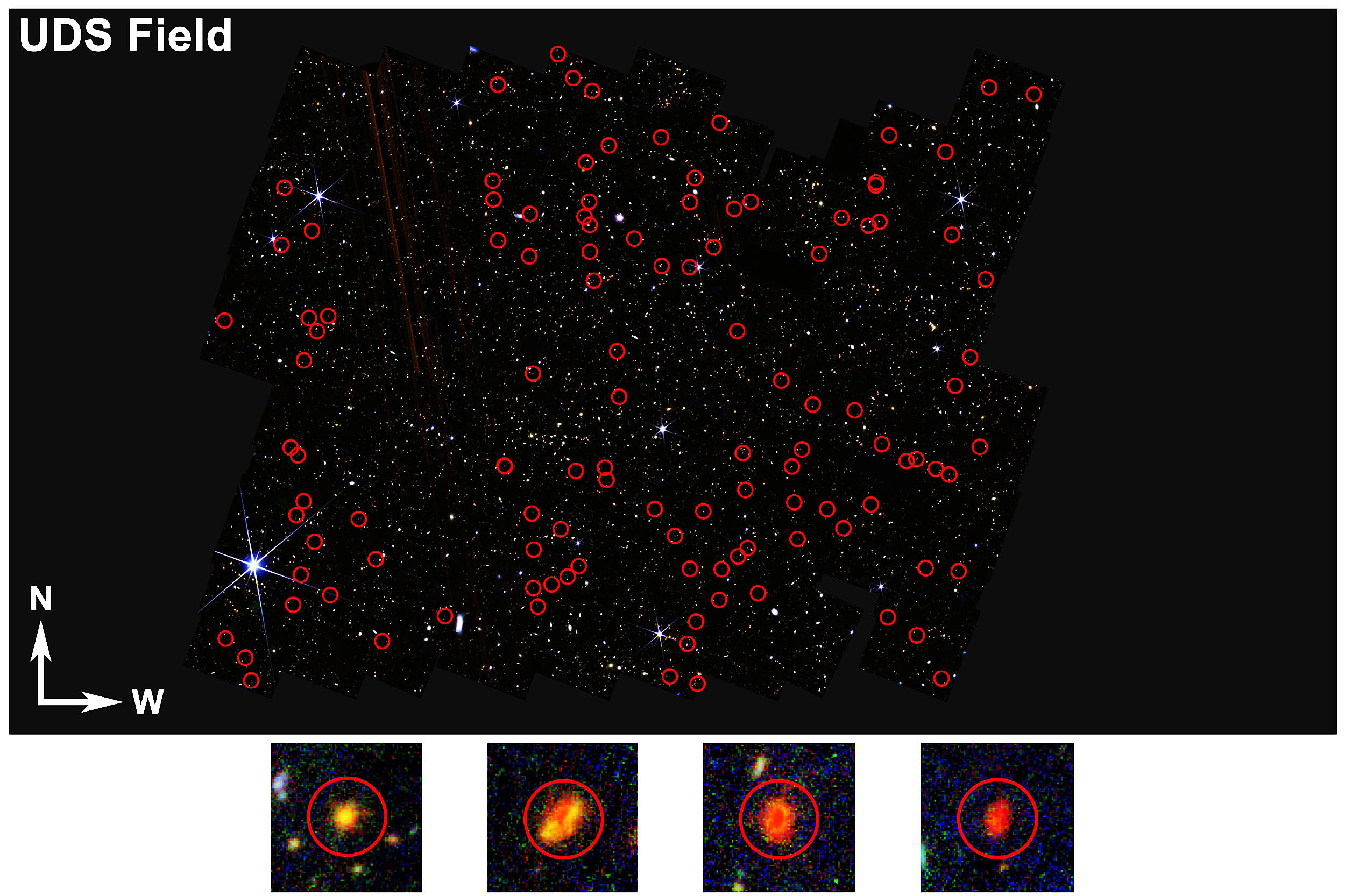
Did you know that the universe might be hiding over 300 bright objects, possibly revealing the secrets of our cosmic origins? Researchers using the James Webb Space Telescope (JWST) have uncovered these intriguing sources that vanish in blue light yet glow in red, a telltale sign pointing towards very distant galaxies!
This groundbreaking research, spearheaded by Liu Bangzheng “Tom” Sun and Haojing Yan from the University of Missouri's Department of Physics and Astronomy, takes us on an exciting journey through time and space. The study meticulously analyzed public JWST images from four deep fields, identifying 300 bright “dropouts.” These objects were then narrowed down to 137 candidates, which also exhibited mid-infrared measurements – a powerful combination that helps astronomers determine their true cosmic distance.
The findings reveal that most of these luminous dropouts are remarkably close in cosmic terms, likely dating back to redshift z ≈ 1–4. However, a significant portion of them could be incredibly distant, existing at redshift values greater than 6. This combination presents a fascinating puzzle that demands careful follow-up investigations.
“These mysterious objects are candidate galaxies in the early universe, which means they could be among the first galaxies to form,” said Haojing Yan, co-author of the study. The concept of redshift is crucial here—imagine light traveling billions of years, stretching its wavelength into the infrared spectrum, slipping out of our visible grasp and revealing these cosmic wonders.
To understand the redshift phenomenon better, JWST utilizes advanced instruments like the Near Infrared Camera (NIRCam) and the Mid Infrared Instrument (MIRI). The NIRCam operates between 0.6 to 5.0 microns, while MIRI extends its reach from 5 to 28 microns. This allows astronomers to differentiate between colors caused by dust and those indicating immense distances.
The urgency of this research is heightened by the rapid advancements in our understanding of the universe. Spectroscopy techniques with JWST have already identified galaxies beyond redshift 14, suggesting that luminous galaxies existed a mere 290 million years after the Big Bang!
One particularly bright galaxy within this research hails from the CEERS field with a redshift of z = 8.68. Originally spotted using ground-based Keck data, its infrared characteristics hinted at strong oxygen emission, prompting further investigation with JWST. Subsequent observations unveiled signatures of an active black hole within the same area, illustrating how a single bright object can have multiple sources of luminosity, from intense star formation to its active nucleus.
The takeaway? While we can't definitively say every bright dropout is an ancient galaxy, some very well could be. And if the brightest among them are confirmed, they could challenge and reshape our current models of galaxy formation. “Even if only a few of these objects turn out to be from the early universe, they’ll require us to rethink our existing theories,” said Yan, emphasizing the need for further spectroscopy to validate their findings.
Thus, as we delve deeper into the universe's mysteries, we're reminded of the complexities and surprises that lie within the cosmos, waiting to be unraveled by the next generation of astronomers.


